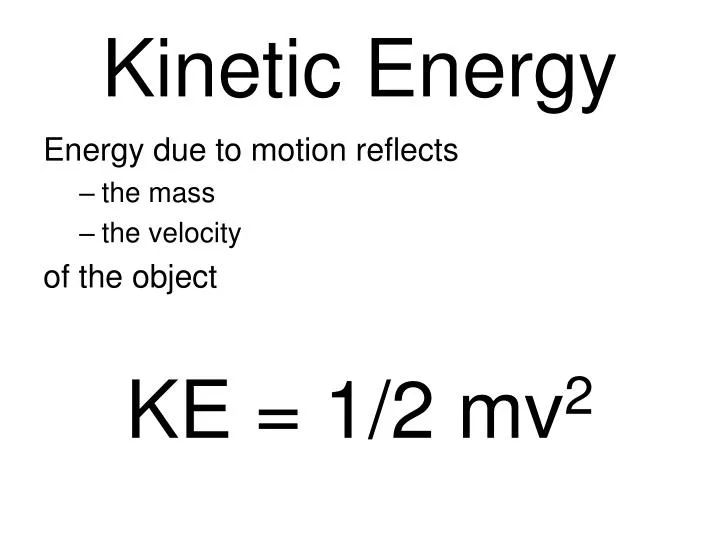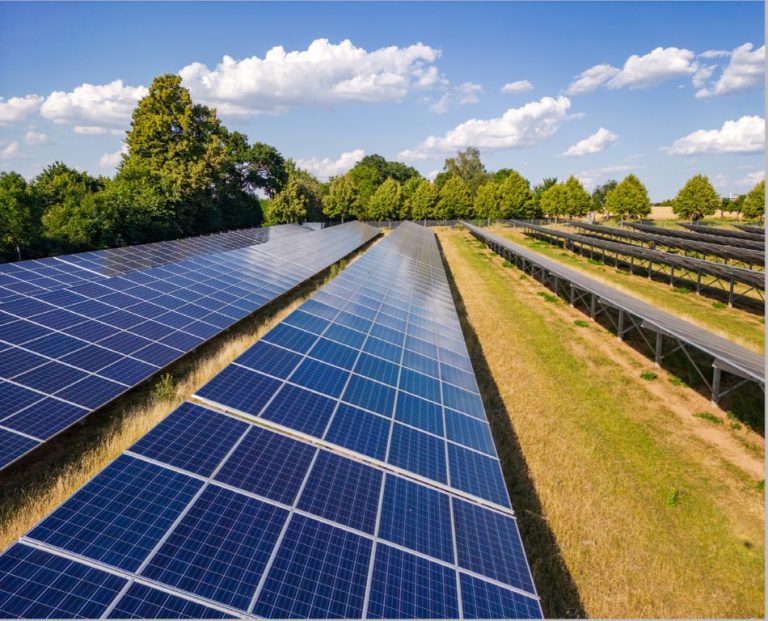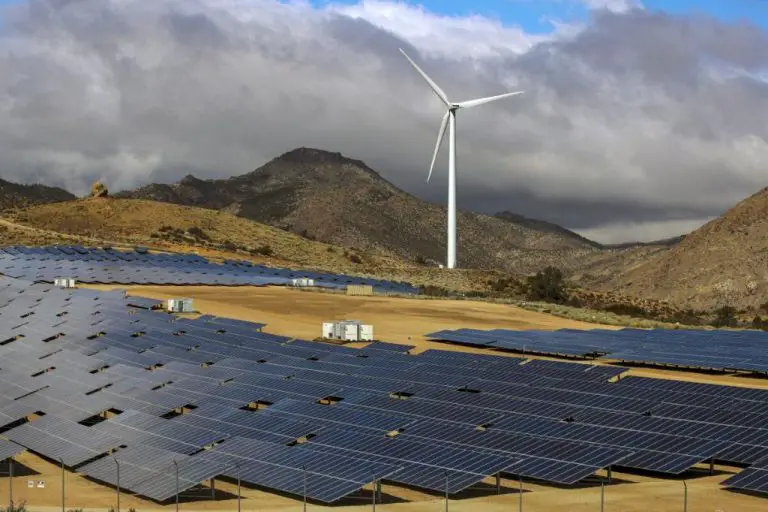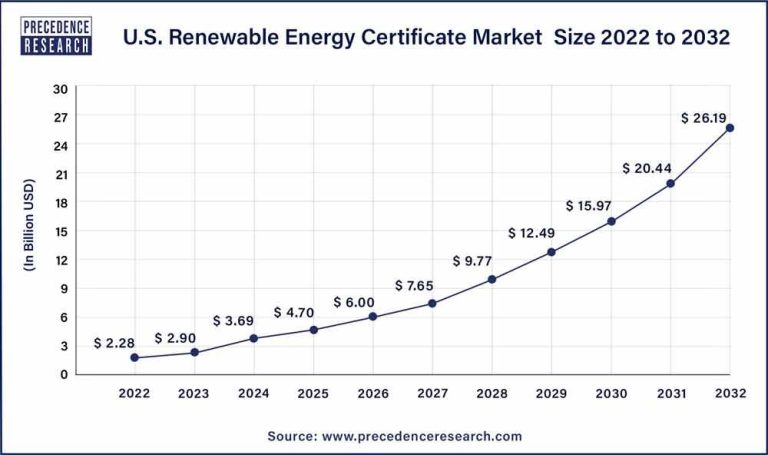What Is The Answer To The Energy In Motion?
Defining Energy in Motion
Kinetic energy is the energy associated with motion. An object that has motion – whether it is vertical or horizontal motion – has kinetic energy. Kinetic energy is directly proportional to the object’s mass and to the square of its velocity. This means that the faster and heavier an object, the greater its kinetic energy.
Potential energy is stored energy based on an object’s position or configuration. For example, a ball held at a height above the ground has potential energy due to gravity. As the ball falls, this potential energy gets transferred into kinetic energy, allowing the ball to smash into the ground. Other examples are energy stored in springs, chemical bonds, and charged particles.
The law of conservation of energy states that the total energy in a closed system remains constant. This means that energy cannot be created or destroyed, only transformed from one form into another. In the example of the falling ball, its potential energy gets transformed into kinetic energy. The total amount of energy stays the same through this transfer.
Understanding the relationship between potential and kinetic energy is key. Many examples exist in real life of energy toggling between these two states while obeying the overall law of conservation of energy.
Forms of Energy in Motion
The main types of kinetic energy include mechanical, thermal, radiant, electrical, sound, and electromagnetic. These forms are all related to motion in different ways:
Mechanical: The motion of physical objects and systems, like a swinging pendulum, bouncing ball, or vibrating string. Mechanical kinetic energy depends on the mass and velocity of an object.
Thermal: Energy from the random motion of particles and atoms. Heat is a common example of thermal kinetic energy generated by the motion of molecules.
Radiant: The energy carried by electromagnetic waves, like light, radio waves, and X-rays. Although the waves themselves do not have mass, they transport energy through space as they oscillate.
Electrical: The motion of electrons, such as in an electrical current. The kinetic energy of the moving electrons powers our electrical devices and appliances.
Sound: Vibrations transmitted through a medium like air or water create oscillations in pressure – sound waves. The energy transported by sound comes from the motion of vibrating molecules.
Electromagnetic: Energy from oscillating electric and magnetic fields, which can propagate through space as electromagnetic radiation. Examples include microwaves, gamma rays, and visible light.
Measuring Kinetic Energy
Kinetic energy is calculated using the mass and velocity of an object. The formula for kinetic energy is:

KE = 1/2 x m x v^2
Where:
- KE = Kinetic Energy (in joules)
- m = Mass (in kilograms)
- v = Velocity (in meters per second)
Kinetic energy is measured in joules (J) in the SI system. 1 joule is equal to 1 kilogram meter squared per second squared (kg m2/s2).
For example, if a 2kg object is moving at 5 m/s, the kinetic energy can be calculated as:
KE = 1/2 x 2 x 5^2 = 25 J
So a 2kg object moving at 5m/s has 25 joules of kinetic energy.
Real-World Examples
Kinetic energy is all around us in our everyday lives. Here are some common examples:
– Falling objects: When an object falls, its potential energy is converted into kinetic energy. The speed of the falling object steadily increases as it accelerates under gravity.
– Moving vehicles: Cars, trucks, trains and airplanes all have kinetic energy when in motion. The faster and heavier the vehicle, the more kinetic energy it possesses.
– Light: Photons of light exhibit kinetic energy as they travel in waves. This allows solar panels to capture light energy.
– Heat: The vibration and motion of atoms and molecules generates thermal energy or heat, which is a form of kinetic energy on a molecular scale.
– Electricity: As electrons flow through power lines and circuits, they possess kinetic energy that allows them to do work and power electrical devices.
In all these examples, energy that was stored in an object as potential energy gets converted into kinetic energy when put into motion. The rate at which kinetic energy is transferred is known as power. Understanding and harnessing kinetic energy allows us to do useful work across many applications and technologies.
Applications and Technologies
Kinetic energy is commonly harnessed for electricity generation and transportation technologies. For example, hydropower plants utilize the kinetic energy of falling or flowing water to turn turbines and generate electricity. Similarly, wind turbines convert the kinetic energy of blowing wind into rotational motion to produce electricity.
In transportation, technologies like regenerative braking in electric vehicles help capture the kinetic energy of the moving vehicle and convert it into electricity which charges the battery. Flywheels are also used to store kinetic energy for various applications. In manufacturing and industry, rotating shafts and turbines often utilize kinetic energy for mechanical power.
Other technologies that take advantage of kinetic energy include:
- Water wheels and hydroelectric dams that use the kinetic energy of flowing water
- Wind turbines that use the kinetic energy of moving air
- Ocean wave power plants that harness the kinetic energy of ocean waves
- Tidal power plants that take advantage of the kinetic energy of tidal flows
- Regenerative braking systems in electric vehicles and elevators that recapture kinetic energy
- Flywheels that store kinetic energy in a rotating mass
- Steam and gas turbines that run on the kinetic energy of pressurized steam or gases
Understanding and properly utilizing kinetic energy through these technologies allows us to do useful work and produce electricity in an efficient and renewable manner from natural sources of motion and fluid flows.
Relationship to Potential Energy
Potential energy is the stored energy an object has due to its position or state. For example, a book sitting on a shelf has potential energy that can be released as kinetic energy if it falls off the shelf. Other examples include a compressed spring, stretched rubber band, charged battery, or object held at an elevated position.
Kinetic and potential energy can be converted back and forth between one another. For instance, when you wind up a toy car, you are storing potential energy in the wound springs. Once released, this potential energy is converted into kinetic energy as the car zooms across the floor. The kinetic energy can then be converted back into potential energy if the car rolls up a ramp.
The total mechanical energy in a closed system remains constant, meaning the sum of kinetic and potential energy is conserved. Energy is never lost, only converted from one form to another. A swinging pendulum is a classic example, constantly interconverting between kinetic energy at the bottom of the swing, and gravitational potential energy at the peaks.
Efficiency and Energy Losses
When energy is in motion, some of that energy is inevitably lost due to inefficiencies in the system. Friction is one of the biggest causes of energy loss. When two surfaces rub against each other, kinetic energy is converted into thermal energy in the form of heat. This effect can be reduced by lubricating the surfaces to minimize friction. Aerodynamic drag is another form of friction that causes energy losses. Streamlining vehicles and devices can help reduce drag and improve energy efficiency.
Other ways to reduce energy losses include:
- Using lighter materials that require less energy to move
- Adding insulation to prevent heat transfer/loss
- Tuning engines and motors for optimal efficiency
- Recovering waste heat and converting it to useful energy
- Using hybrid systems that recapture energy, like regenerative braking
Overall, a holistic systems approach is needed to maximize the amount of energy that gets transferred to useful work. With thoughtful engineering and design, the efficiency of kinetic energy systems can be dramatically improved.
Historical Discoveries
Our modern understanding of kinetic energy has developed over centuries, building on the work of great scientific minds.
In the 16th century, Galileo Galilei conducted experiments involving balls rolling down ramps, which demonstrated that the velocity of an object is proportional to the time it has been accelerating. This discovery revealed key insights into kinetic energy.
Sir Isaac Newton later built on Galileo’s work with his laws of motion, formalizing the relationship between an object’s mass, velocity, and kinetic energy. Newton’s second law of motion shows that force equals mass times acceleration, relating kinetic energy to force and momentum.
Additional major discoveries include:
- Gottfried Leibniz developed the vis viva equation to calculate kinetic energy in the 17th century.
- Gustave-Gaspard Coriolis described kinetic energy as “work” in 1829.
- Lord Kelvin and Peter Tait further developed the mathematics around kinetic energy in the 19th century.
Through centuries of scientific inquiry, observation and experimentation, our understanding of kinetic energy has greatly expanded. Key names like Galileo, Newton, Leibniz and others paved the way for the formal definitions and calculations we use today.
Ongoing Research
Kinetic energy and motion continue to be important areas of scientific research and innovation. Researchers around the world are exploring new applications and technologies related to kinetics.
One major area of focus is developing more efficient energy conversion and storage devices. For example, scientists are working on improved designs for flywheels that can store energy as rotational kinetic energy with less friction and energy loss. New nanomaterials like graphene are enabling lightweight flywheel designs capable of spinning at extremely high speeds.
Researchers are also advancing the use of kinetic energy harvesting – generating electricity from motion. Piezoelectric materials that generate charge when mechanically stressed are being used to harvest energy from walking, vibrations, ocean waves, and more. These kinetic energy harvesters could provide clean power for small electronic devices.
Leading research centers in kinetics include the Max Planck Institute for Dynamics and Self-Organization in Germany, the Kavli Institute for Theoretical Physics at UC Santa Barbara, and the Penn State Center for Nanoscale Science. Experts like Dr. Zhong Lin Wang at Georgia Tech are pioneering triboelectric nanogenerators for kinetic energy harvesting.
Advances in kinetics could enable cleaner transportation, more resilient power grids, and mobile devices with self-charging capabilities. With increased funding and focus, scientists are primed to achieve key breakthroughs in applying and controlling the power of kinetic energy.
Summary and Conclusions
Kinetic energy, or the energy of motion, is an important concept that relates to many real-world systems and technologies. As we explored, kinetic energy depends on an object’s mass and velocity – the greater the mass and velocity, the greater the kinetic energy. This kinetic energy can be transferred into other objects through collisions and can be converted into other forms of energy like heat, light, or potential energy.
Understanding kinetic energy allows us to quantify and predict the motion and energy transfers in mechanical and electrical systems, from rollercoasters to wind turbines. It enables key technologies like regenerative braking which captures wasted kinetic energy. Knowing the factors that affect kinetic energy also allows us to design more energy efficient systems by reducing unnecessary motion.
While kinetic energy has been studied for centuries, from Galileo’s experiments to cutting-edge quantum research today, there are still new discoveries being made into how motion and energy interact at all scales. By continuing to advance our comprehension of kinetic energy and its applications, we can build a more sustainable future powered by the energy all around us.





